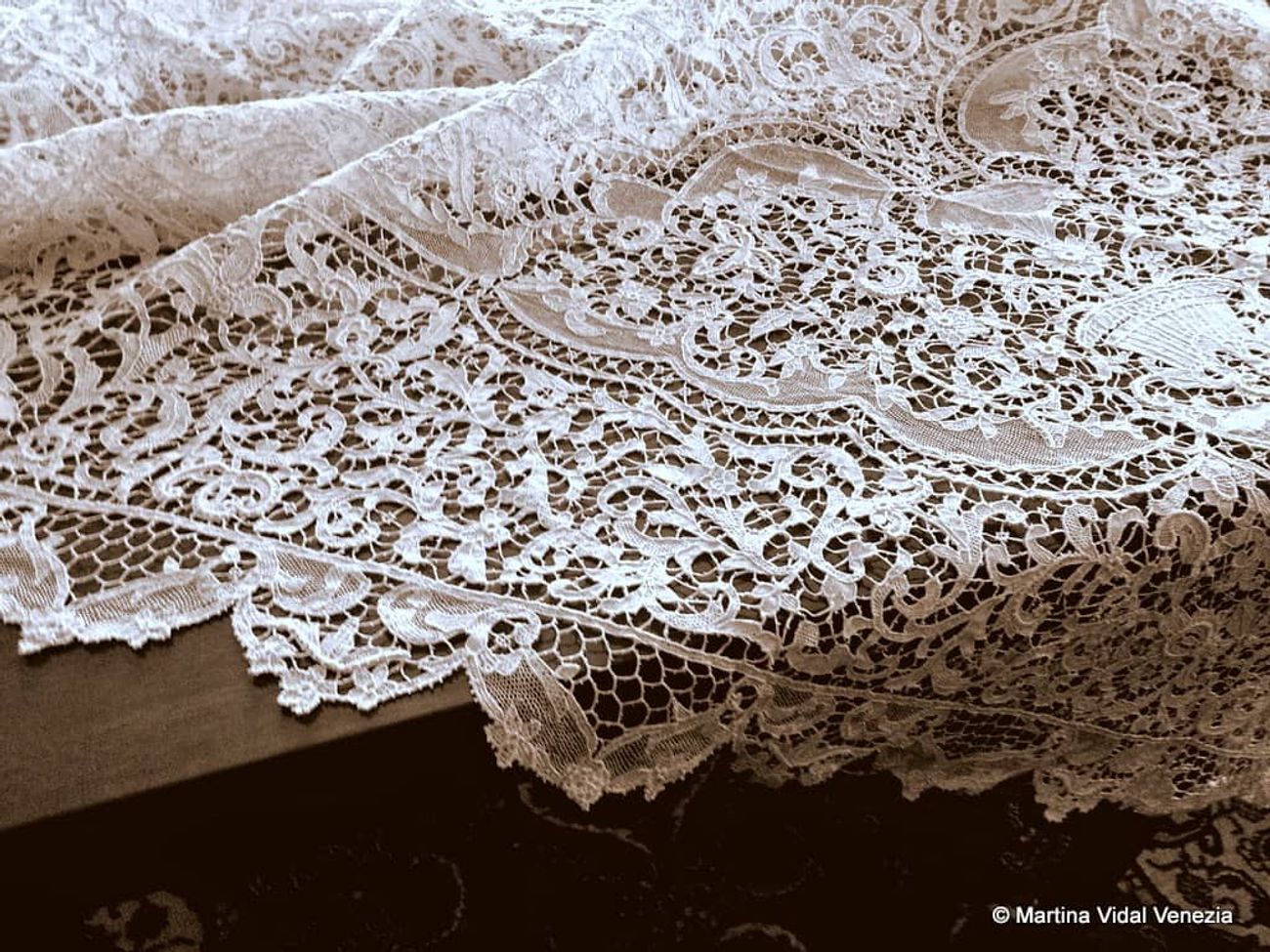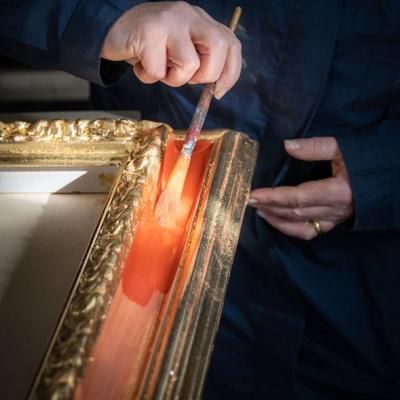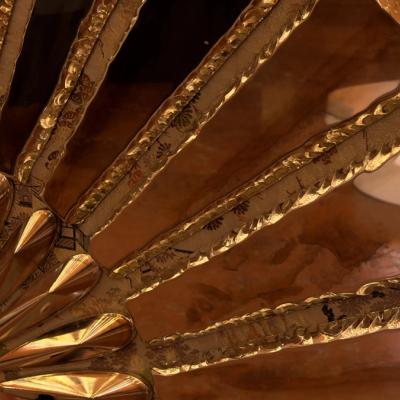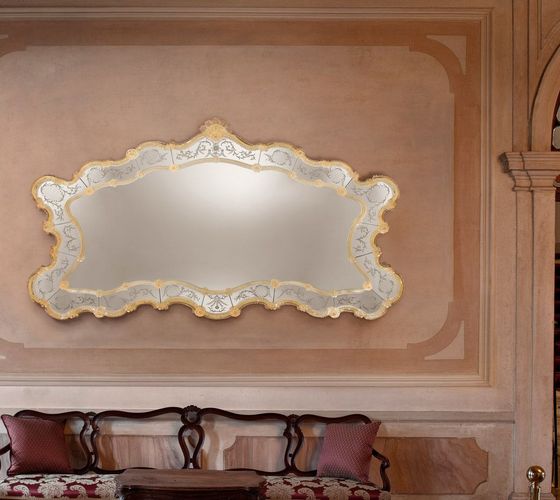
The Dying Art of Burano Lace: A Treasure of Exquisite Rarity
The Enduring Elegance of Burano Lace
In a world where mass production dominates, the art of Burano lace stands as a beacon of exclusivity and timeless beauty. Originating from the small island of Burano in the Venetian Lagoon, this intricate craft has been practiced by skilled artisans for centuries. Today, however, the tradition is at risk of fading into history, as only a handful of women remain who possess the knowledge and skill to create these delicate works of art. To receive a gift adorned with Burano lace is to own a piece of history—a rare and precious object that embodies a centuries-old tradition.
A Brief History: The Origins of Burano Lace
The history of Burano lace dates back to the 16th century, when the craft first began to flourish on the island of Burano. Legend has it that a fisherman, inspired by the delicate beauty of a sea nymph’s veil, crafted a lace-like net to bring home to his beloved. This romantic tale, whether true or not, captures the essence of Burano lace—an art form rooted in love, devotion, and meticulous craftsmanship.
Over the centuries, Burano lace became highly sought after by European royalty and nobility, who prized its intricate designs and unparalleled quality. The lace was often used to adorn the garments of the elite, symbolizing wealth, status, and refinement. As the demand for Burano lace grew, so too did the number of women on the island who dedicated their lives to mastering this complex craft.
The Art of Lacemaking: A Dying Tradition
Lacemaking is a painstaking process that requires not only immense skill but also an extraordinary amount of time and patience. The women of Burano, known as "merlettaie," work with fine threads to create patterns that are as delicate as they are intricate. Each piece of lace can take weeks, if not months, to complete, depending on its size and complexity.
The process begins with a design, often inspired by nature, such as flowers, leaves, or animals. The merlettaie then use a needle and thread to create the lace, working on a piece of fabric stretched over a pillow. The thread is woven and knotted with incredible precision, forming the lace's characteristic openwork patterns. This technique, known as "punto in aria" or "stitch in the air," is unique to Burano and requires years of practice to perfect.
Today, however, the number of merlettaie has dwindled dramatically. Many young women are no longer interested in learning the craft, and the few remaining lacemakers are now elderly, their hands still deft but their numbers too few to sustain the tradition. As a result, authentic Burano lace has become exceedingly rare, making it one of the most exclusive and sought-after textiles in the world.
The Rarity and Exclusivity of Burano Lace
In a world where handmade crafts are increasingly rare, Burano lace stands out as a symbol of luxury and exclusivity. Each piece of lace is a labor of love, crafted by an artisan whose skills have been honed over decades. The rarity of this lace is further amplified by the fact that only a few dozen women are still capable of creating it, each piece representing a connection to a nearly vanished world.
To receive a gift adorned with Burano lace is to be entrusted with a piece of history. Whether it is a handkerchief, a tablecloth, or a garment, an item featuring Burano lace is more than just a decorative object—it is a symbol of rarity and timeless elegance. The knowledge that no two pieces of lace are exactly alike, and that each one carries the unique touch of its maker, adds to its value and desirability.
For those who seek the extraordinary, Burano lace offers an opportunity to own something truly unique. In an age of mass production, where so many objects are identical and disposable, Burano lace remains a testament to the beauty of the handmade, the rare, and the irreplaceable.
The Future of Burano Lace: Preserving a Legacy
The future of Burano lace is uncertain. As the number of skilled lacemakers continues to decline, so too does the availability of this exquisite craft. Efforts have been made to preserve the tradition, with initiatives aimed at teaching the younger generation and promoting the value of handmade lace. However, these efforts face significant challenges in a world that often prioritizes speed and convenience over quality and craftsmanship.
Yet, there is hope. The rarity of Burano lace has only increased its value in the eyes of collectors and connoisseurs. As more people recognize the importance of preserving such a delicate art, there is potential for a revival, albeit on a small and exclusive scale. Those who are fortunate enough to acquire a piece of Burano lace today are not just purchasing a beautiful object—they are investing in a cultural heritage that is on the brink of extinction.
A Gift Beyond Compare
Burano lace is more than just fabric—it is a work of art, a piece of history, and a symbol of unparalleled craftsmanship. In a time when the tradition is fading, owning an object adorned with Burano lace is a privilege reserved for the few. It is a reminder of the beauty that can only be achieved through patience, skill, and dedication—qualities that are increasingly rare in the modern world.
As we look to the future, the preservation of Burano lace depends on our recognition of its value and our commitment to supporting the artisans who continue to practice this ancient craft. For those who seek the rare and the beautiful, Burano lace offers a connection to a vanishing world, a treasure that, once gone, may never return.







